Copyright 2020 - 2021 irantour.tours all right reserved
Designed by Behsazanhost
Caspian Forests or Hyrcanian Forests
Caspian Hyrcanian Mixed Forests
Azari.Nima
Gilgamesh Magazine
Sustainable development, as a broad definition, is the supplier of the current generation's requirements without damaging the resources needed for current and future generations.
 |
The forests of northern Iran, also called Hyrcanian forests, have unique ecological properties, making them an important target for conservation and the implementation of the "sustainable forests" concept. Its characteristics
The Hyrcanian forests are stretched like a narrow band of 80 km with a width of a maximum of 70 km (in central Mazandaran) and a minimum of 13 km (in western Mazandaran) in the provinces of Gilan, Mazandaran,
For many reasons, which will be described in the following paragraphs, this area has more humidity in comparison with other vegetation areas of Iran. The Hyrcanian forests are part of the three temperate forest areas in the Middle East including Caucasians (mainly in Georgia and Armenia) and Anatolian (mainly Turkey). These three forest areas are located in eastern Europe, Asia Minor,
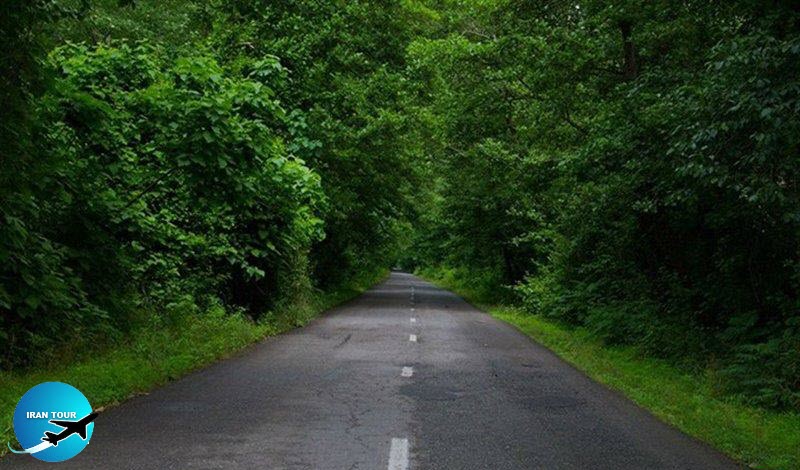 |
The temperate forests of the mentioned areas are mostly influenced by the strong winds of the Mediterranean climate, blowing from a corridor from northwestern Europe (with an average annual rainfall of 800 mm in all of Europe) to the southeast, transferring from the Mediterranean,
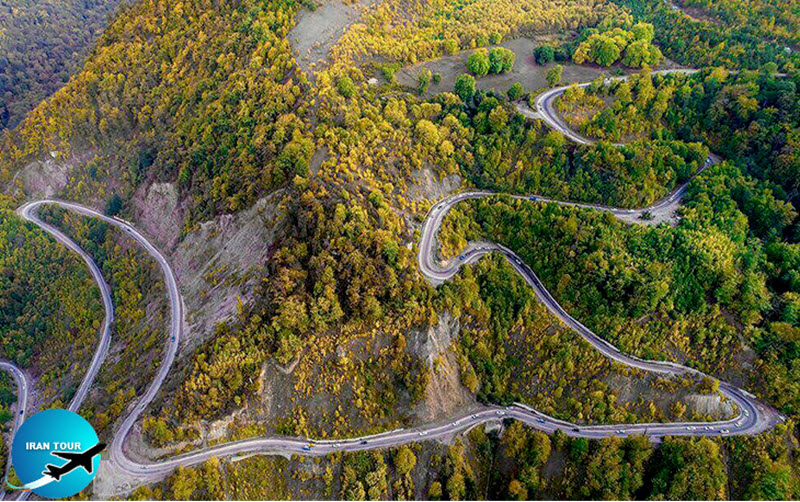 |
Because the humidity transferred from the Mediterranean and northern areas
Hyrcania in History
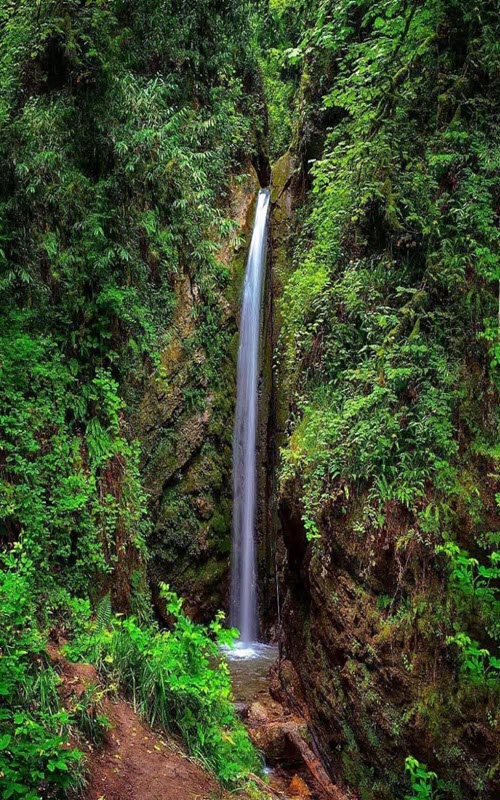 |
Hyrcanians were a tribe in the current regions of Gilan and Mazandaran, giving their name to the Caspian Sea (Hyrcanian Sea)
Geology and Topography of the Region
The natural bed of the Hyrcanian forests is located in two low plains and mountainous tectonic regions. A large part of this area is composed of Mesozoic rock formations, most of which are sandstone and limestone. These formations are susceptible to environmental and geological events such as erosion and landslides. However, there are also other formations dating back to Paleozoic (mostly sandstone) and Cenozoic (mostly volcanic rocks). The plain region is more recent, dating back to the fourth geologic period, and comprises alluvial sediments.
The mountainous part of the Hyrcanian forests includes Talesh and western, central, and eastern Alborz mountains. Talesh mountains range from Astara to Sepidroud valley. Western Alborz is from Sepidroud to Chalus valleys and also includes Alamkouh, Iran's second-highest peak. Central Alborz stretches from Chalus to Haraz valleys, with the capital Tehran located on this area's southern borders. This region has environmental, ecological, and physical importance and value, and with its wide range and width has specific and notable conservation
value, making it a protected area. central Alborz has the highest mountains of this range and as a result, various plant and animal species each adapted to a certain
Eastern Alborz ranges from Chalus valley to the Golestan forests (the border between Golestan and Northern Khorasan provinces Central Alborz is both higher in altitude and is wider compared to the other two regions.
Hyrcanian Vegetation Zone
Concerning the topographic, geological, and environmental characteristics of this region, its vegetation covers a wide and diverse range. It can be seen in its two types of forests, Caspian lowland and Caspian mountainous forests, both temperate and deciduous. Hence, based on different altitudes, experts have proposed the following categories concerning this vegetation type: - Lowland forests, starting from the plain and up to 500 - 700 m above the sea level. - Middle forests, from 700 - 1000 m. - High forests, from 1000 - 2300 m or higher in which pastures replace the forest at high altitudes The important point is that in high altitudes we have steep slopes. Because of the inherent vulnerability of the ground to erosion and rainfalls, only the strong roots of old trees can keep this structure intact, making the conservation of this area a priority In 1999, the area comprising these toreros was 12.4 million hectares. Later,
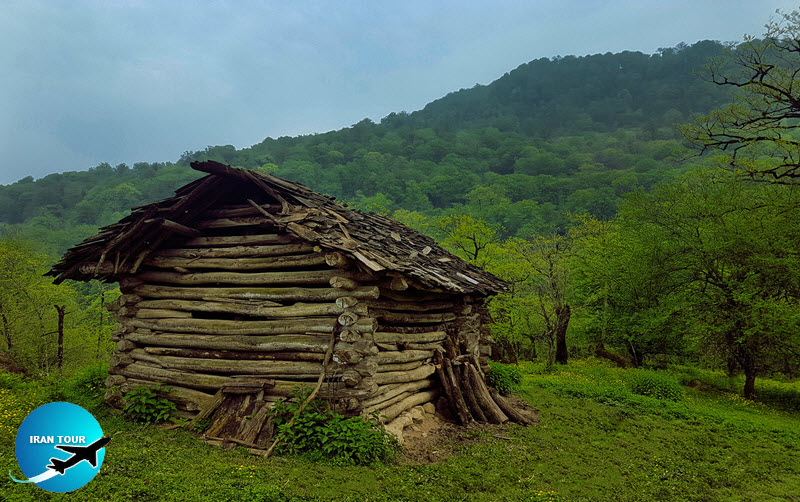 |
Geology and Topography of the Region
The natural bed of the Hyrcanian forests is located in two low plains and mountainous tectonic regions. A large part of this area is composed of Mesozoic rock formations, most of which are sandstone and limestone. These formations are susceptible to environmental and geological events such as erosion and landslides. However, there are also other formations dating back to Paleozoic (mostly sandstone) and Cenozoic (mostly volcanic rocks). The plain region is more recent, dating back to the fourth geologic period, and comprises alluvial sediments.
The mountainous part of the Hyrcanian forests includes Talesh and western, central, and eastern Alborz mountains. Talesh mountains range from Astara to Sepidroud valley. Western Alborz is from Sepidroud to Chalus valleys and also includes Alamkouh, Iran's second-highest peak. Central Alborz stretches from Chalus to Haraz valleys, with the capital Tehran located on this area's southern borders. This region has environmental, ecological, and physical importance and value, and with its wide range and width has specific and notable conservation value, making it a protected area. central Alborz has the highest mountains in this range and as a result, various plant and animal species each adapted to a certain
Eastern Alborz ranges from Chalus valley to the Golestan forests (the border between Golestan and Northern Khorasan provinces Central Alborz is both higher in altitude and is wider compared to the other two regions.
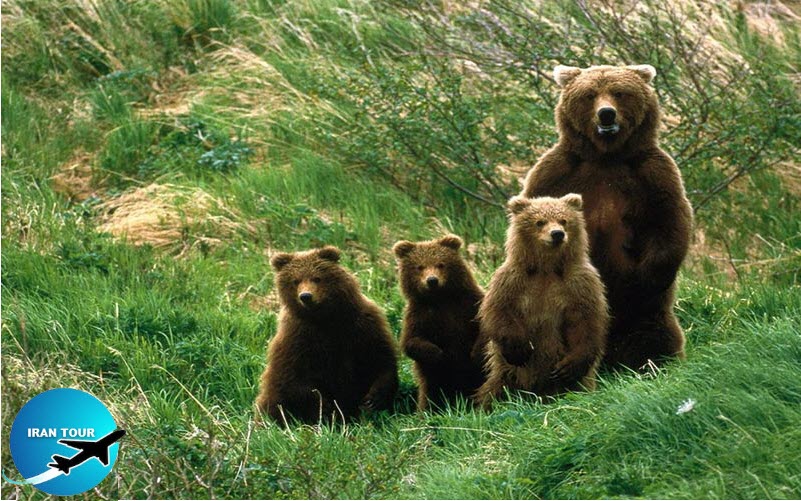 |
Hyrcanian Vegetation Zone
Concerning the topographic, geological, and environmental characteristics of this region, its vegetation covers a wide and diverse range. It can be seen in its two types of forests, Caspian lowland and Caspian mountainous forests, both temperate and deciduous. Hence, based on different altitudes, experts have proposed the following categories concerning this vegetation type: - Lowland forests, starting from the plain and up to 500 - 700 m above the sea level. - Middle forests, from 700 - 1000 m. - High forests, from 1000 - 2300 m or higher in which pastures replace the forest in high altitudes
The important point is that in high altitudes we have steep slopes. Because of the inherent vulnerability of the ground to erosion and rainfalls, only the strong roots of old trees can keep this structure intact, making the conservation of this area a priority
In 1999, the area comprising these toreros was 12.4 million hectares. Later,
Zelkova carpinifolia: a beautiful species with a wide range of industrial applications.
-
- Alnus (alder)
- Fagus
It has also been stated that the high Hyrcanian forests are one of the most ancient forest vegetation in the world, dating back to the third geological period. As a result, this region has paleontological value as well, but
The transitional vegetation areas are also important because they are located between the Hyrcanian and Iran-Turanian zones, representing both of them in one place. This has also been an important factor in making central Alborz a protected area.
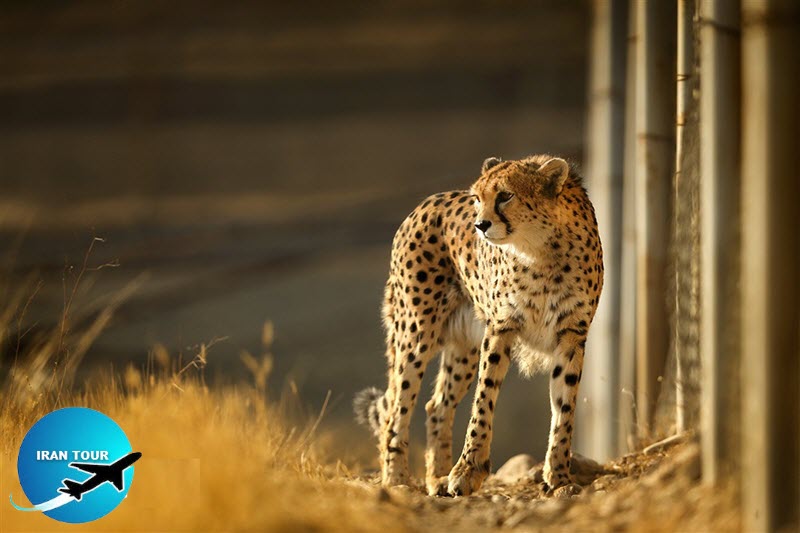 |
Fauna of the Hyrcanian Forests
Considering the area's dense and deciduous forests, various species of mammals, birds, reptiles, and amphibians have adapted themselves to this environment; such as red deer, roe deer, central Alborz wild sheep, wild goat, brown bear, wild boar, Persian leopard among mammals and various birds of prey, Passeriform, and Galliform birds, etc.
However, the most prominent animal in this region, the Caspian or Hyrcanian tiger,
Southern Russia, northern Iran, Afghanistan,
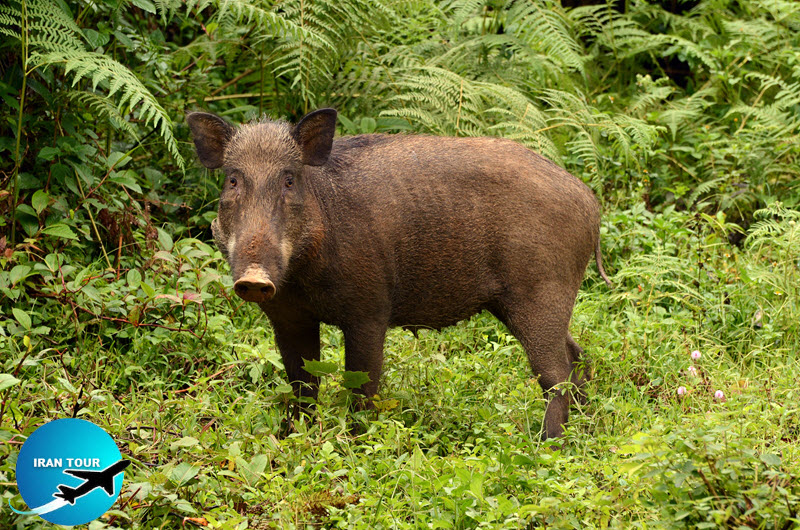 |
Local Communities in Hyrcanian Region
Concerning the environmental and physical structure of the region, including the mountainous part, 4000 m above sea level, and the alluvial or plain area with its dense forests and the existence of the Caspian Sea in its vicinity, the people and communities of the region have peculiar characteristics that are reflected in their lifestyle and culture. The economy of the villagers and locals is mainly dependent on natural resources in the forest and sea. Fishing by nets and angling has been common for a long time and logging is also a prevalent activity. Hunting was a source of income in the past but has been reduced as a result of
The local people of the Gilan, Mazandaran,
Hyrcanian Forests and Sustainable Development
Regarding the importance of Hyrcanian forests as the only dense and humid forests of Iran (in an arid and semi-arid climate country) and their narrow and small range, any destructive activity can have a negative impact and pose a threat to their existence, Unfortunately, this has been the trend in recent decades and logging, illegal hunting and land-use changes have had such a damaging effect on this area that it has been called "the ancient forests of the North, soon to be lost forever".
Given the unique fauna, flora, and culture of its local population and communities, it is necessary to implement conservative measures to protect the environment of the Hyrcanian forests. These forests are close to
- Details
- Category: IRAN Blog